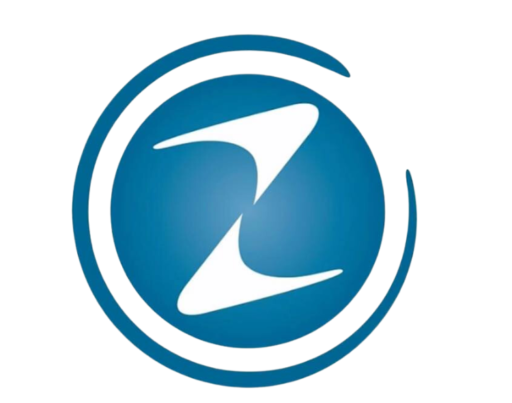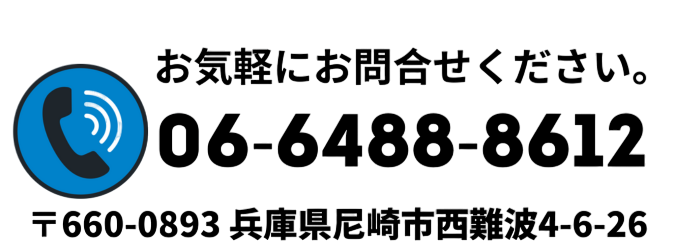COURSE GUIDE
The purpose and objectives of Japanese language education curriculum
1. Course Name: University and College Entrance 2-Year Course (A1)
- Purpose of the Course: To acquire Japanese language proficiency suitable for entering higher education institutions.
- Course Objectives: To understand the main content of complex texts, including specific and abstract topics, including discussions in specialized fields desired for further study. To be fluent and natural enough to communicate with proficient Japanese speakers without tension.
- Japanese Language Level at the Time of Application: A1 (as per the “Japanese Language Education Reference Framework”).
- Japanese Language Proficiency Target: B2 (as per the “Japanese Language Education Reference Framework”).
2. Course Name: University and College Entrance 2-Year Course (A2)
- Purpose of the Course: To acquire Japanese language proficiency suitable for entering higher education institutions.
- Course Objectives: To understand the main content of complex texts, including specific and abstract topics, including discussions in specialized fields desired for further study. To be fluent and natural enough to communicate with proficient Japanese speakers without tension.
- Japanese Language Level at the Time of Application: A1 (as per the “Japanese Language Education Reference Framework”).
- Japanese Language Proficiency Target: B2 (as per the “Japanese Language Education Reference Framework”).
Differences Between the Two Courses
- University and College Entrance 2-Year Course (A1): This course studies Japanese from beginner to upper-intermediate levels (A1 to B2). The goal of Japanese proficiency upon completion is B2 level (equivalent to the Japanese Language Proficiency Test N2).
- University and College Entrance 2-Year Course (A2): This course studies Japanese from lower-intermediate to advanced levels (A2 to C1). The goal of Japanese proficiency upon completion is the same as in 1., B2 level (equivalent to the Japanese Language Proficiency Test N2). However, it also allows for the study of advanced level C1 (equivalent to the Japanese Language Proficiency Test N1). It’s noted that while it’s estimated to take 350 to 550 hours to reach C1 level, the advanced level study, which is C1 level, is only about 150 hours at this university, so it’s not possible to reach C1 level. Additionally, studies related to further education can be conducted earlier compared to the “University and College Entrance 2-Year Course (A1)”.
| Curriculum | Duration | Japanese Proficiency | Level | Subjects | Hours |
|---|---|---|---|---|---|
| University / Vocational School Entrance 2-Year Course (A1) | 2 years | A1→B2 | Beginner | General Japanese | 330 hours |
| Reading | 110 hours | ||||
| Intermediate | General Japanese | 256 hours | |||
| Japanese Life and Culture | 64 hours | ||||
| Expression | 256 hours | ||||
| Advancement | 64 hours | ||||
| Intermediate to Advanced | General Japanese | 256 hours | |||
| Japanese Life and Culture | 176 hours | ||||
| Expression | 80 hours | ||||
| Advancement | 64 hours | ||||
| Note | 64 hours | ||||
| University / Vocational School Entrance 2-Year Course (A2) | 2 years | A2→B2 | Beginner | General Japanese | 165 hours |
| Reading | 55 hours | ||||
| Intermediate | General Japanese | 256 hours | |||
| Japanese Life and Culture | 128 hours | ||||
| Expression | 192 hours | ||||
| Advancement | 64 hours | ||||
| Intermediate to Advanced | General Japanese | 264 hours | |||
| Japanese Life and Culture | 132 hours | ||||
| Expression | 132 hours | ||||
| Advancement | 66 hours | ||||
| Note | 66 hours | ||||
| Advanced | General Japanese | 92 hours | |||
| Japanese Life and Culture | 28 hours | ||||
| Expression | 40 hours | ||||
| Advancement | 20 hours | ||||
| Note | 20 hours |
Attainment goals by level and subject
1. Achievement Goals by Level
| Level | Achievement Goals (Can do) |
|---|---|
| Beginner to Elementary | Can understand commonly used phrases and expressions related to basic personal information, family information, shopping, neighborhood, work, etc., in areas directly related. Can engage in information exchange about everyday matters in familiar and everyday contexts. |
| Intermediate | If spoken in standard language, can understand the main points about familiar topics encountered in work, school, and leisure. Can create coherent texts on topics of personal interest using simple linking devices. |
| Intermediate to Advanced | Can understand the main content of complex texts, both concrete and abstract, including discussions in specialized fields for those wishing to further their education. Can communicate fluently and naturally enough with proficient Japanese speakers without causing tension. |
2. Achievement Goals by Subject
| Course Name | Learning Goals |
|---|---|
| Comprehensive Japanese | Be able to understand the main content of complex texts on both concrete and abstract topics, including discussions in specialized fields for further studies. Be able to clearly and in detail describe and present a wide range of topics related to one’s areas of interest. |
| Reading | Be able to understand very commonly used, simple, and short texts on familiar and concrete topics. Be able to understand short letters and emails. Be able to understand everyday signs and notices. |
| Japanese Life and Culture | Be able to discuss in some detail topics of personal interest and handle various situations in Japanese while living in Japan. Be able to post in Japanese using SNS and search for necessary information online. Be able to interact fluently and naturally with proficient Japanese speakers without mutual tension. |
| Expression | Be able to use words fluently, accurately, and effectively on a wide range of topics related to academics or leisure, clearly establishing relationships between ideas. Be able to use grammar accurately and communicate naturally with appropriate politeness for the situation. Be able to understand most TV news and current affairs programs. |
| Higher Education | Be able to envision one’s future and plan and act to realize it. Be able to write cohesive texts that consider the readability of the audience, even on somewhat complex topics related to one’s interests and areas of expertise. Be able to convey impromptu thoughts on topics of personal interest with a certain degree of coherence and relevance to the listener. |
| Note-taking | Be able to understand the key points of logical and abstract content explanations and speeches, and take notes that can be shown to others. |
class time
| Morning Class | Class Time | Break Time |
|---|---|---|
| 1st Period | 9:00 AM – 9:45 AM | 5 minutes |
| 2nd Period | 9:50 AM – 10:35 AM | 10 minutes |
| 3rd Period | 10:45 AM – 11:30 AM | 5 minutes |
| 4th Period | 11:35 AM – 12:20 PM |
| Afternoon Class | Class Time | Break Time |
|---|---|---|
| 1st Period | 1:20 PM – 2:05 PM | 5 minutes |
| 2nd Period | 2:10 PM – 2:55 PM | 10 minutes |
| 3rd Period | 3:05 PM – 3:50 PM | 5 minutes |
| 4th Period | 3:55 PM – 4:40 PM |
Tuition
| Tuition | 1st Year | 2nd Year |
|---|---|---|
| Entrance Examination Fee | ¥20,000 | |
| Admission Fee | ¥50,000 | |
| Tuition Fee | ¥600,000 | ¥600,000 |
| Facility Fee | ¥20,000 | ¥20,000 |
| Equipment Fee | ¥40,000 | ¥40,000 |
| Textbook Fee | ¥40,000 | ¥20,000 |
| Extracurricular Activity Fee | ¥10,000 | ¥10,000 |
| Insurance Fee | ¥20,000 | |
| Health Management Fee | ¥10,000 | ¥10,000 |
| Others | ¥17,000 | ¥17,000 |
| Total | ¥827,000 | ¥717,000 |
Admission Requirements
– Individuals aged 18 or above at the time of admission who have completed at least 12 years of schooling or an equivalent program.
– Individuals whose purpose of admission is to pursue higher education.
– Individuals whose Japanese language proficiency level at the time of admission is recognized as equivalent to level A1 of the “Japanese Language Education Reference Framework”.
※ For further details, please refer to the recruitment guidelines.


